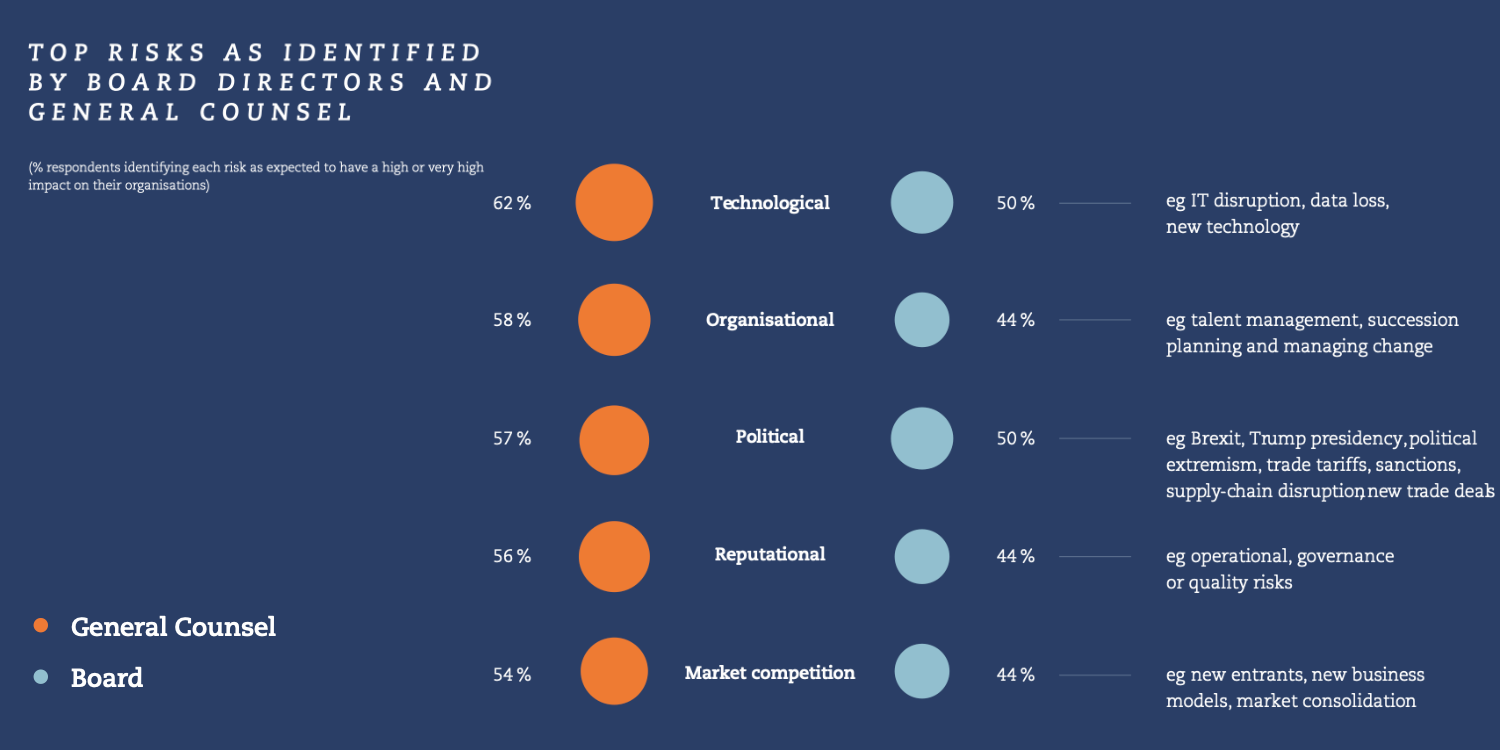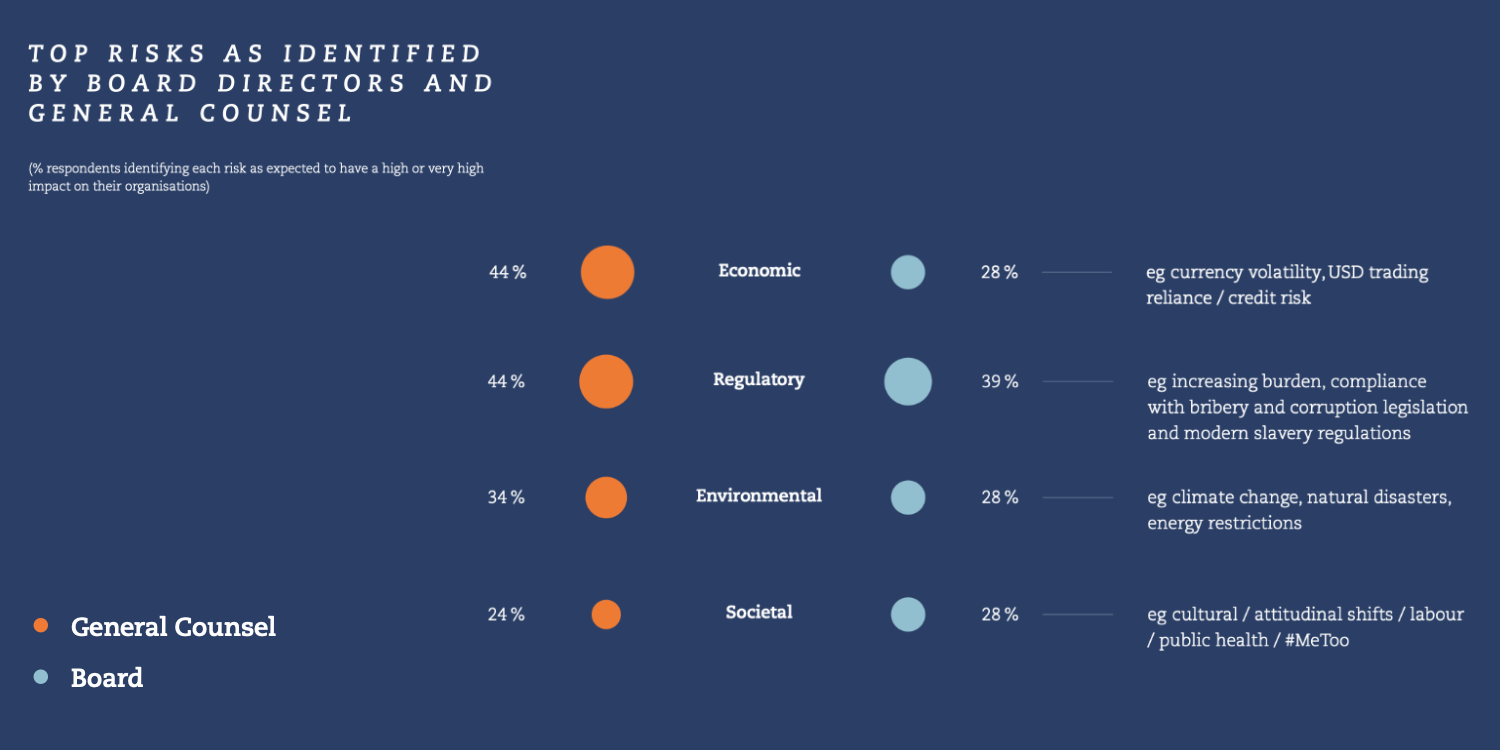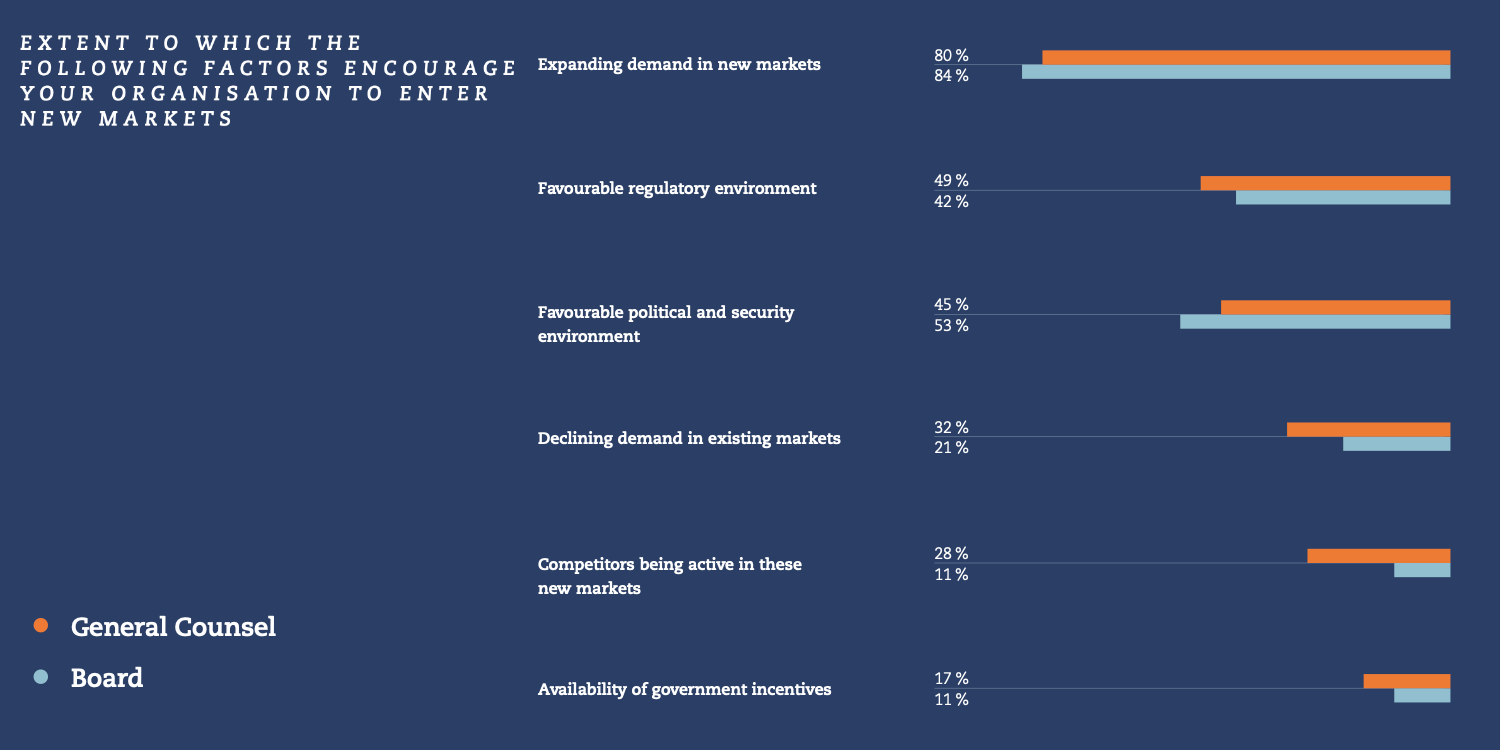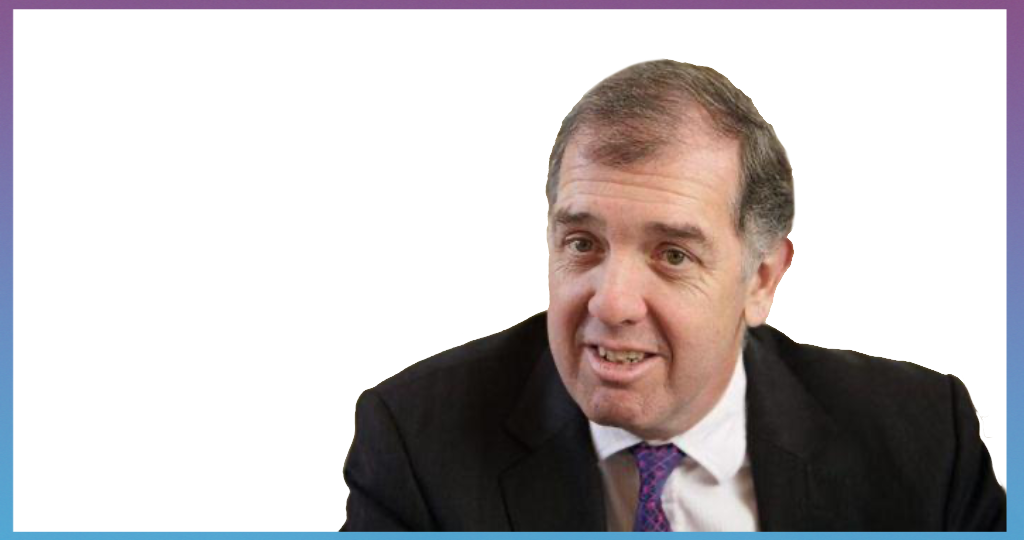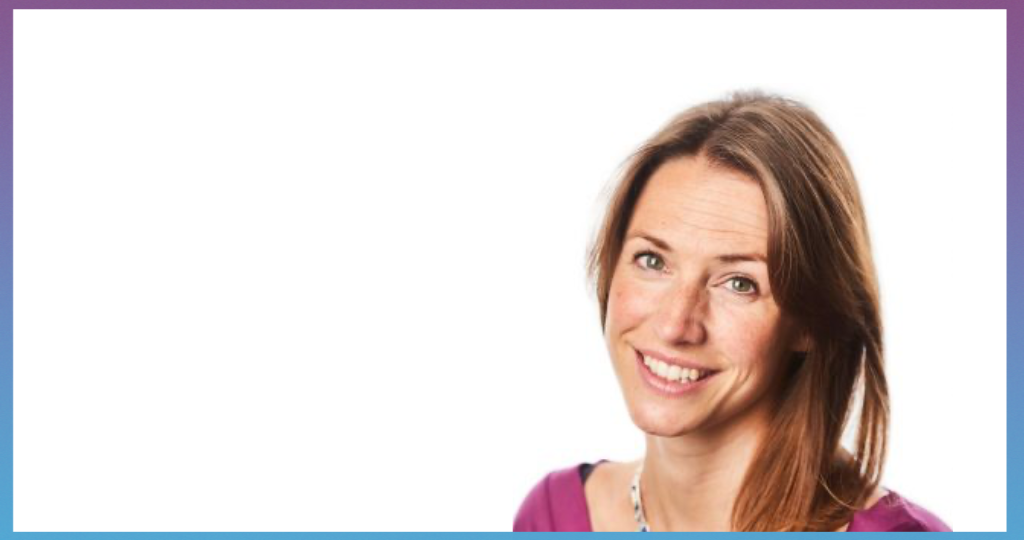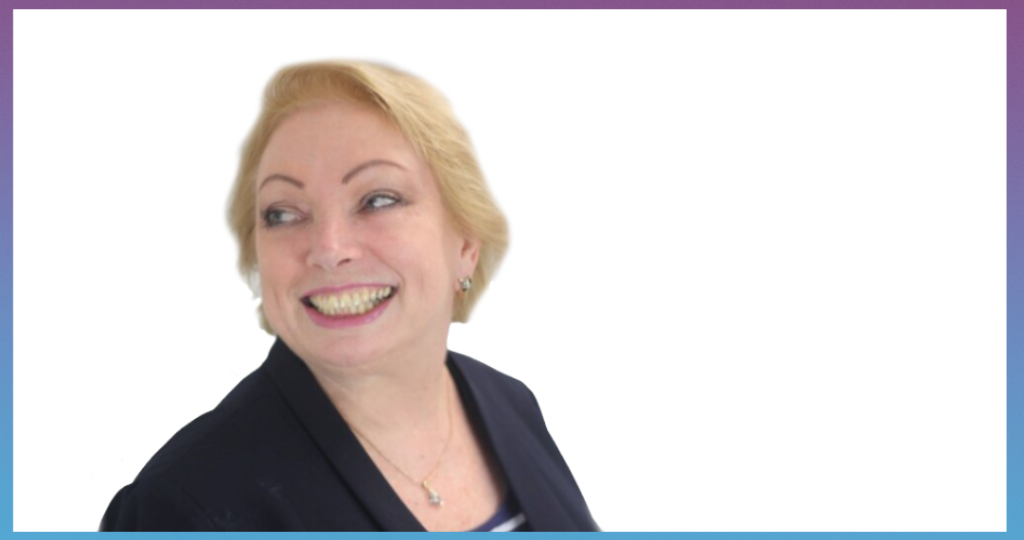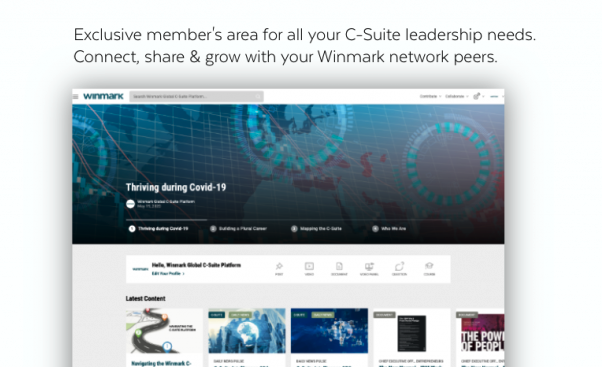Working from home has been the main enabler, and we were fortunate that we had a few key things in place beforehand. We had a number of remote working tools such as Zoom and Google Hangouts used very regularly, and all those tools and more basic ones such as VPN were well set-up in terms of capacity so we were able to scale them pretty quickly.
How are you/the company looking after employees during this time?
We've definitely focused a lot on communication channels to keep our employees fully up to speed on how things are changing both for them and our customers. We've also tried to recreate some of the more informal interactions and office-based fun with weekly Zoom-based calls. Our HR teams have also done a lot of work to support our people managers and try and gather a really good understanding of the challenges faced by our employees and how best to support them.
Communication is key during this time. What strategies have you used to ensure teams continue to be aligned?
We definitely made a very conscious decision early on to invest in very regular communications from the CEO and then down through the organisation, which at the start of the outbreak was multiple times a week. That's reduced gradually over time, but within Operations we've maintained more regular leadership calls throughout the week to try and fill the gap created by the lack of 'side-of-desk' conversations, and maintained a weekly department update call to share updates with the wider team.
How are you communicating with other key stakeholders (investors, customers, suppliers) as to the impact on the business?
We've made similar moves to many across the industry in terms of using a range of communication channels to communicate with our customers, including emails, messages through our digital servicing channels and specific messages through our automated voice systems. We've also continued our regular supplier reviews and communications to be transparent about the changing priorities for our business and to build our understanding as to the challenges that they're also facing.
Has the business made any changes to its governance arrangements to improve its resilience?
We immediately invoked our crisis management team structure, which continues to meet on a regular (albeit slightly less frequent) basis. We had a fairly well-rehearsed playbook in terms of the governance of decisions, but it did need a few minor adaptations due to the pace of decisions that we needed to make. One of the key things we frequently focused on was getting absolute clarity on who the ultimate decision maker was, and then trying to ensure a very small support group required to inform that decision. We realised very early on that there were far too many decisions to be made by committee.
What is the thing that has surprised you most about the way you or the team has handled this situation?
I think I've been most surprised at the ease at which people have settled into working from home. We all remember being the lone person dialling into a meeting remotely and the challenges that presented, and in many ways this crisis has been a great leveller in the sense that everyone is now in that same position. It's meant that we've really quickly needed to work out new norms in terms of how people are heard in meetings, like raising virtual hands or using chat functions for questions. We've also been trying to use the start of conversations to inject a bit of the social interaction into what often feels like a more formal way of working. The team have been fantastic at looking out for each other and raising concerns, and I think that really comes from having a very strong employee focused culture.
